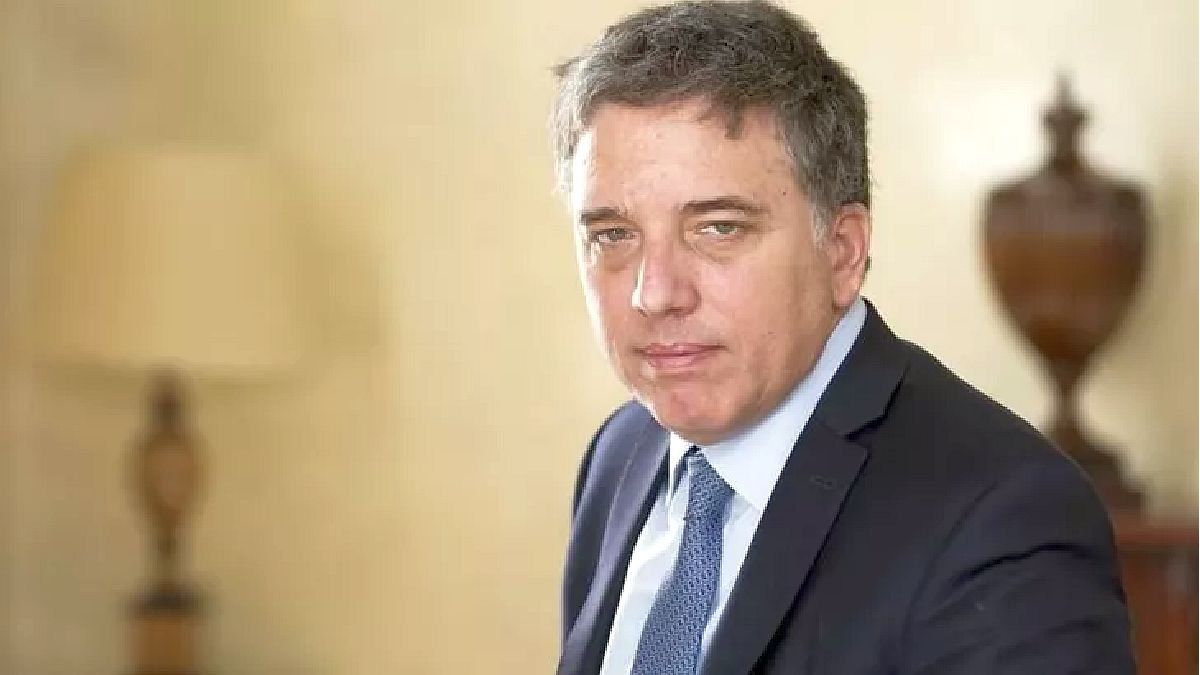For the former official, there was a “planning error” and he returned to weighing external financing as a necessary source to finance himself given the impossibility of financing himself with monetary issue or a small capital market.
“The most important component of the program with the Fund was convergence, first to the primary balance, then to the primary surplus, which is what Argentina needed. And note that the fiscal goals with the Fund were all met, and it is highlighted in the evaluation ex post published by the Fund a few months ago, that in fiscal matters the program worked,” he added. By his word, Argentina could have recovered quickly without a change of political color: “Confidence was recovering on the back of improving fiscal numbers and it was key, of course, not to restructure the debt.”
What is the difference between both programs with the Fund?
The Drawing Right Agreement, also known as standby Agreement, It is a typical credit instrument used by the International Monetary Fund to grant loans to the most advanced emerging market countries, explains the IMF on its website.
“In an economic crisis, countries often need financing in order to overcome their balance of payments problems. Since its creation in June 1952, the IMF’s Stand-By Arrangement has been used over and over again. once by the member countries, and constitutes the typical credit instrument used to grant loans to emerging and advanced market countries,” warns the international credit organization in bold.
All member countries facing external financing needs are eligible to access a stand-by arrangement, subject to IMF policies. The duration of such an arrangement is flexible, generally covering a period of 12 to 24 months, but no longer than 36 months, in accordance with the need to address short-term balance of payment problems.
Access to IMF financial resources under this agreement is guided by the country’s need for financing, its ability to pay, and its history of using IMF resources.
Instead, an extended facility program or Extended Facility Fund (EFF), has the particularity that it grants a grace period of four and a half years to start paying and it has a maximum of ten years for the gradual cancellation of maturities. This is the one signed in March of this year by the Minister of Economy Martín Guzmán. “When a country faces serious balance of payments problems in the medium term due to structural weaknesses that require time to be addressed, the IMF can help through an Extended Fund Facility (EFF),” explains the agency.
Source: Ambito
David William is a talented author who has made a name for himself in the world of writing. He is a professional author who writes on a wide range of topics, from general interest to opinion news. David is currently working as a writer at 24 hours worlds where he brings his unique perspective and in-depth research to his articles, making them both informative and engaging.




